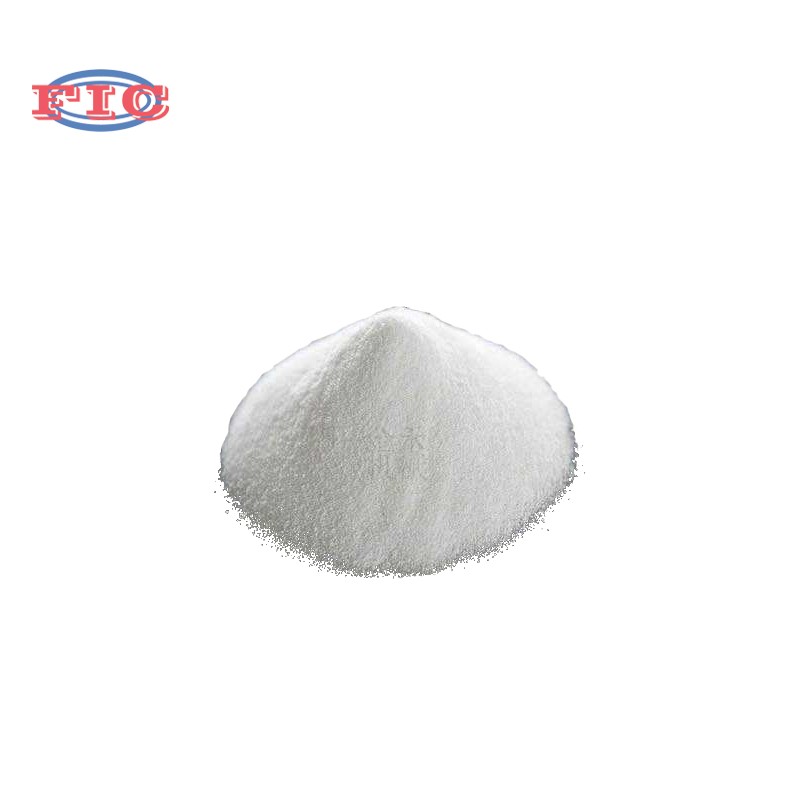Wat is erger, fructose of dextrose?

Wat is erger, fructose of dextrose?
Fructose and dextrose are two common sugars in daily life. They are widely found in various foods, such as vegetables, fruits and honey. dextrose and fructose are important substances that provide energy for the body, but too much of them can be harmful to health. Obesity, malnutrition and tooth decay are common diseases closely related to sugar consumption. Fructose appears to be “worse” Than dextrose, reducing the body’s sensitivity to insulin and its ability to process fat, increasing the risk of cardiovascular disease, US scientists have found.
Fructose is more likely to cause cerebrovascular disease
dextrose is one of the most important monosaccharides (non-hydrolyzable polyhydroxy aldehydes or polyhydroxy ketones), which is the energy source of living cells and the intermediate product of metabolism, and constitutes 80% of human blood sugar. Plants can produce dextrose through photosynthesis. Fructose is also a monosaccharide found in many foods, including honey, fruits, melons, and root vegetables such as beets, potatoes, radishes, and onions. Sucrose is one of the basic human food, sugar beet and sugar cane in the most abundant, usually used sugar, brown sugar is sucrose. Sucrose is a disaccharide that can be broken down into one molecule of dextrose and one molecule of fructose.
Researchers at the University of California, Davis conducted a 12-week experiment in which 32 overweight men and women were divided into two groups They were asked to drink either a fructose-only or dextrose-only beverage.
The experiment was conducted in three stages. For the first two weeks, both groups of volunteers lived at the centre, where their diets were restricted to high-carbohydrate foods. This was done to provide an objective baseline for the following experiment. During this time, the volunteers underwent blood tests and fat content tests.
Over the next eight weeks, the two groups of volunteers returned to their homes, resumed their diets, and were given either a fructose or dextrose beverage containing 25 per cent of their energy requirements. In the meantime, the researchers asked them about their diets and analyzed the drink’s digestion in their bodies by regularly examining their urine samples. During the last two weeks of the experiment, both groups of volunteers returned to the research centre, ate a high-carbohydrate Diet and continued to drink the beverages.
When the researchers analyzed data from both groups of volunteers, they found that those who drank fructose-sweetened beverages had significantly higher levels of Low-density Lipoprotein and triglyceride in their blood than those in the dextrose group. Both of these substances are important risk factors for cardiovascular disease. The Fructose Group also had lower insulin sensitivity, which increased their risk of developing diabetes.
The two groups also showed some differences in body size. Despite the similar weight gain, only the fructose group had significantly larger bellies, and belly fat was considered a precursor to cardiovascular disease.
The two sugars have different metabolic processes
Scientists have found that fructose and dextrose are metabolized differently in the body. The conversion of dextrose into glycerol, a synthetic fat, in liver cells is usually controlled by phosphofructokinase 1, but fructose is not, and thus can be converted into more glycerol, which is needed for the synthesis of fats. When fructose intake is low, fructose can be converted to dextrose, increasing glycogen storage in the liver. When fructose is consumed in large amounts, it becomes a source of synthetic fats.
One of the study’s lead authors, Dr Pitter Harvie, “Most of the excess fructose that people consume these days comes from beverages, ” Dr Stein, another leader of the study, said in an interview with the American medical network. “Our study only looked at the health effects of drinking beverages over a 10-week period. In fact, people drank beverages for much longer than 10 weeks, and some people even drank high-fructose beverages for long periods of time. “.
Limit sugar intake to 40 grams per day
The scientists say their research is still in its infancy, with only preliminary studies on the metabolism of Fructose and dextrose in humans, and can not be easily extended to all sugar products on the market. For example, high-fructose Corn Syrup (also known as high-fructose Corn Syrup), which many consumers confuse with fructose, also contains a high percentage of dextrose, which is closer to sucrose.
The researchers also caution against blindly rejecting fruits, vegetables and honey because of the “bad side” of fructose. Fruits and vegetables contain not only fructose, but also dextrose, and they are not in large amounts. More importantly, fruits and vegetables contain a large number of human body indispensable nutrients. As for honey, although it contains about 49% fructose, a small amount every day is also good for your health.
Nutrition experts warn people, no matter what things, eat more of the human body is no good, sugar is the same, but not because of choking waste food, to be moderate. According to nutrition experts, the normal daily intake of sugar should be 30 ~ 40 grams, that is, not more than 10% of the total carbohydrate intake. What is 30 to 40 grams of sugar? Among popular desserts, a tablespoon of jam contains about 15g of sugar, a can of coke about 37g, three small pieces of chocolate about 9G, and an ice cream cone about 10g of sugar… the limit of 3040g of sugar is very easy to break if you’re not careful.
“A lot of what people eat these days is excess, not just sugar, ” said James Tripp, a professor at the School of Biomedical Sciences at the University of Central Florida “Over the past 30 years, Americans have increased their calorie intake by 24 %, while physical activity has decreased so much that sugar has been singled out as the main cause of obesity, which is common, ” the researchers report online today in Nature News












